Disclosure: This article contains affiliate links. We may earn a commission from purchases at no extra cost to you, which helps our travel content.
The air carries a peculiar blend of salt, fish, and diesel as I stand at the edge of Nouadhibou's bustling port. This is Mauritania's second-largest city—a place where the Sahara meets the Atlantic in a collision of cultures, commerce, and contradictions. I've photographed monasteries in remote mountain passes and ancient temples tucked into impossible crevices, but nothing quite prepared me for the visual feast that is Nouadhibou. It's a city that doesn't appear on many travel itineraries, existing in that liminal space between genuine frontier and emerging destination. For photographers willing to venture beyond the well-trodden paths of North Africa, Nouadhibou offers something increasingly rare: authenticity untouched by the Instagram generation. Over my week here, I discovered a visual tapestry woven from fishing boats painted in carnival colors, the world's largest ship graveyard, and faces that tell stories no history book could capture.
Preparing for Photographic Challenges
Let me be clear—Nouadhibou is not for the photography faint of heart. This isn't Barcelona or Marrakech where every corner presents a postcard moment. Here, the beauty is raw, sometimes hidden, and often challenging to capture.
First, understand that Mauritania remains one of Africa's least-visited countries, which means infrastructure for tourists ranges from basic to non-existent. I learned this lesson when my power bank became my most treasured possession during unexpected power outages at my mid-range hotel.
The climate presents its own challenges. Winter (November to February) offers the most forgiving temperatures, but even then, expect dust—lots of it. I wrapped my camera in a protective camera rain cover which ironically served better as a dust shield than anything else. The fine Saharan sand seems determined to find its way into every crevice of your equipment.
Perhaps most importantly, photography here requires cultural sensitivity and patience. While I found most locals welcoming, always ask permission before photographing people. Learn a few phrases in Hassaniya Arabic or French—both go a long way. When someone declined being photographed (which happened several times), I respected their wishes immediately and thanked them anyway. This approach often led to fascinating conversations and, occasionally, an invitation to tea where I could learn their stories instead of just capturing their image.
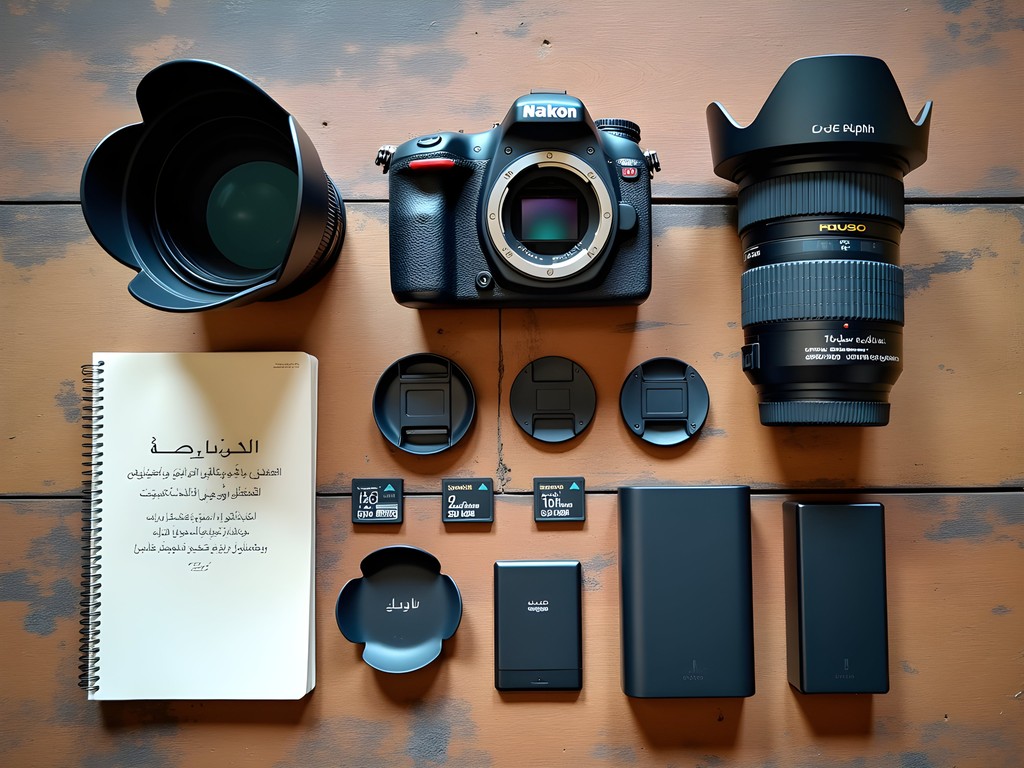
💡 Pro Tips
- Bring twice as many memory cards and batteries as you think you'll need
- A polarizing filter is essential for cutting through the harsh reflections off the water and metal surfaces
- Pack lens cleaning supplies and use them religiously—the dust is relentless
The Port: Mauritania's Commercial Heartbeat
The commercial fishing port of Nouadhibou is where I spent my first two days, arriving before sunrise to catch the golden light as it painted the wooden pirogues in hues that would make Gaudí jealous. This is the economic engine of the region, where industrial trawlers share waters with traditional fishing boats in a chaotic dance that somehow works.
The best vantage point comes from the main pier, accessible if you arrive early (around 5:30 AM) before security becomes stringent. I found that bringing printed photos from previous travels to share with the fishermen created an instant connection—suddenly I wasn't just another foreign photographer but a storyteller exchanging visual narratives.
The mid-morning light creates harsh contrasts, but this actually works in your favor when capturing the weathered faces of fishermen returning with their catch. I switched to my telephoto lens to compress the scenes of men hauling in nets heavy with fish, the distance allowing me to capture candid moments without disrupting their work.
The port transforms throughout the day. By afternoon, it becomes a marketplace where women in vibrant malhafas (traditional dress) negotiate prices, their colorful garments providing perfect foreground elements against the blue-gray sea. Here, I often switched to a wider lens to capture the entire scene, using the rule of thirds to balance the human elements against the maritime backdrop.
One particular spot I discovered on my third day offers an elevated view of the entire harbor: the rooftop of the Marché au Poisson (Fish Market). A small tip to the security guard (200 ouguiyas, about $5) granted me access, though I recommend asking permission from the market manager first as a courtesy.
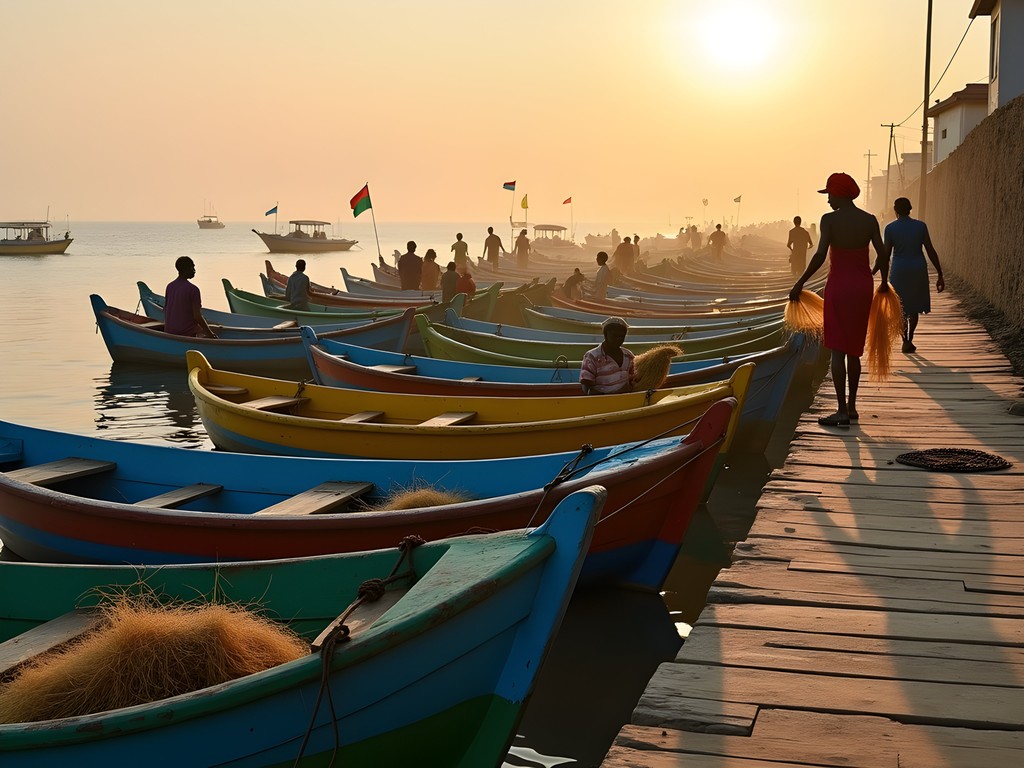
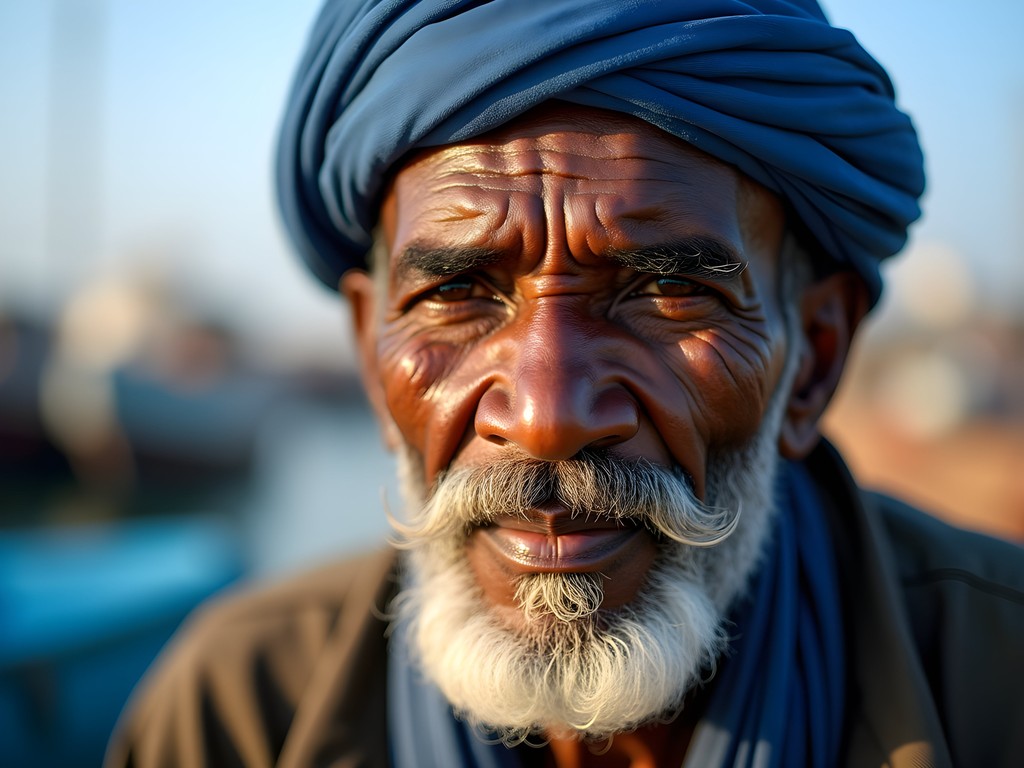
💡 Pro Tips
- The golden hour happens quickly here—be in position at least 30 minutes before sunrise
- Bring small prints of your previous work to share with locals—it builds trust faster than words
- A zoom lens in the 24-70mm range covers most scenarios at the port
The Ship Graveyard: Haunting Maritime Memorials
Nothing prepared me for the apocalyptic beauty of Nouadhibou's infamous ship graveyard. Along the Peninsula of Cap Blanc stretches one of the world's largest collections of abandoned vessels—rusting giants that have become both environmental hazard and photographer's paradise.
Accessing this area requires planning. While technically on public beaches, the most impressive collection lies near military zones. I hired a local guide, Mahmoud, through my hotel (expect to pay 1000-1500 ouguiyas, or $25-40 for a half-day). He navigated the bureaucratic and literal sands with equal skill, securing permissions and transportation to areas I'd never have found independently.
Photographically, the ship graveyard demands a different approach than the vibrant port. Here, I embraced the stark contrasts and decay, using my wide-angle lens to capture the immensity of these metal behemoths against the desert sky. The ultra-wide perspective emphasizes the surreal juxtaposition of maritime giants stranded in what is essentially desert.
Timing is crucial—mid-afternoon creates too much contrast and washes out details in the metal. Instead, I visited during early morning and again at sunset, when the light softens and the rusty hulls glow in amber and crimson. The blue hour just after sunset offers perhaps the most haunting images, when the ships become silhouettes against the deepening sky.
Safety cannot be overstated here. These vessels are disintegrating, with sharp metal edges and unstable structures. I wore sturdy hiking boots and kept my tetanus shots current. While the temptation to climb aboard for interior shots is strong, I limited this to vessels my guide confirmed were relatively stable. Even then, I moved with extreme caution, always testing surfaces before trusting my weight to them.
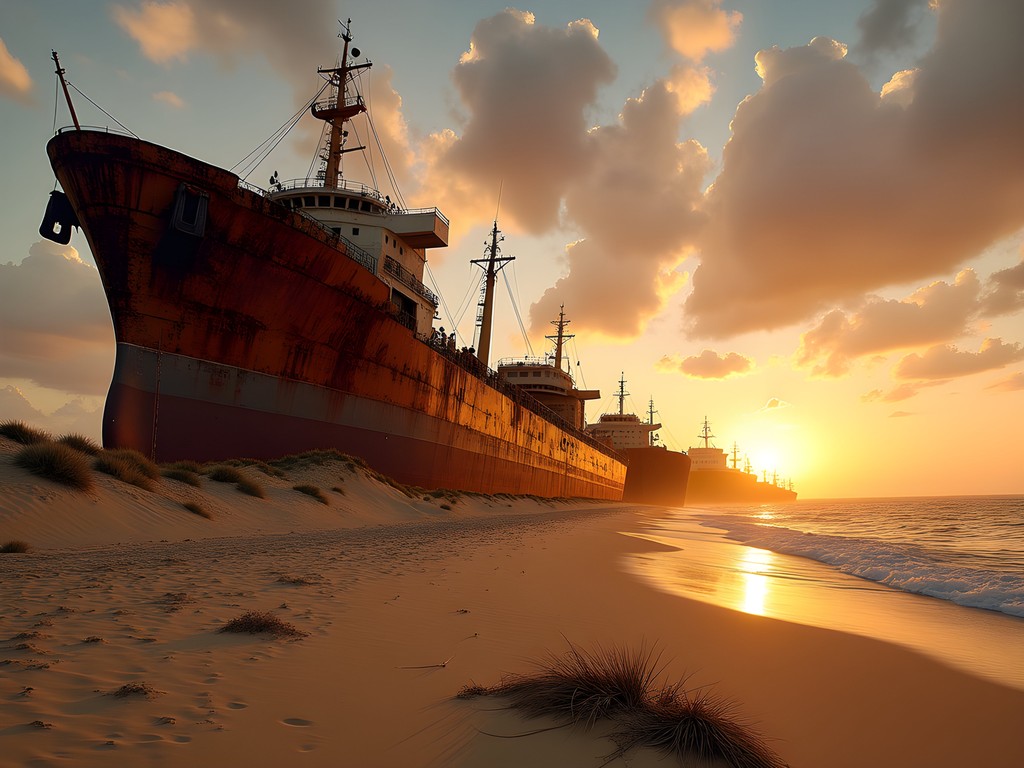
💡 Pro Tips
- Hire a local guide who understands both the geography and the necessary permissions
- Bring a headlamp if shooting during blue hour—you'll need it for the walk back
- A polarizing filter cuts glare on metal surfaces and deepens the sky dramatically
The Markets: Color and Commerce
Nouadhibou's markets offer a visual counterpoint to the industrial port and decaying ships. Here, life pulses with an energy that demands to be captured—though doing so requires finesse and respect.
The central market near Avenue Gamal Abdel Nasser becomes most active around 9AM, when vendors have fully set up their stalls but before the midday heat drives everyone to seek shade. I found that spending time without my camera first—purchasing fruit or fabric, exchanging pleasantries—established my presence as something other than a tourist hunting for exotic images.
For street photography, I switched to my mirrorless camera with a pancake lens, its smaller profile drawing less attention than my full-frame DSLR. The silent shutter mode proved invaluable for capturing candid moments without disrupting the natural flow of market life.
The spice market offers particularly rich visual opportunities, with pyramids of colorful powders creating natural color studies. I asked permission from one vendor to photograph his artfully arranged display, and ended up in a 20-minute conversation about the medicinal properties of various spices—knowledge passed down through generations of his family.
The fish market presents different challenges. The smell is overwhelming, the floors slippery, and the action fast-paced. Here, I found a higher vantage point along the periphery and used a medium telephoto lens to compress the scenes of commerce. The constant movement means shooting at a minimum of 1/250s shutter speed to freeze action.
Don't miss the fabric merchants with their rainbow displays of materials. The women shopping for these textiles often wear traditional malhafas that create a visual echo of the goods for sale—a photographer's gift of visual harmony that requires no arrangement.
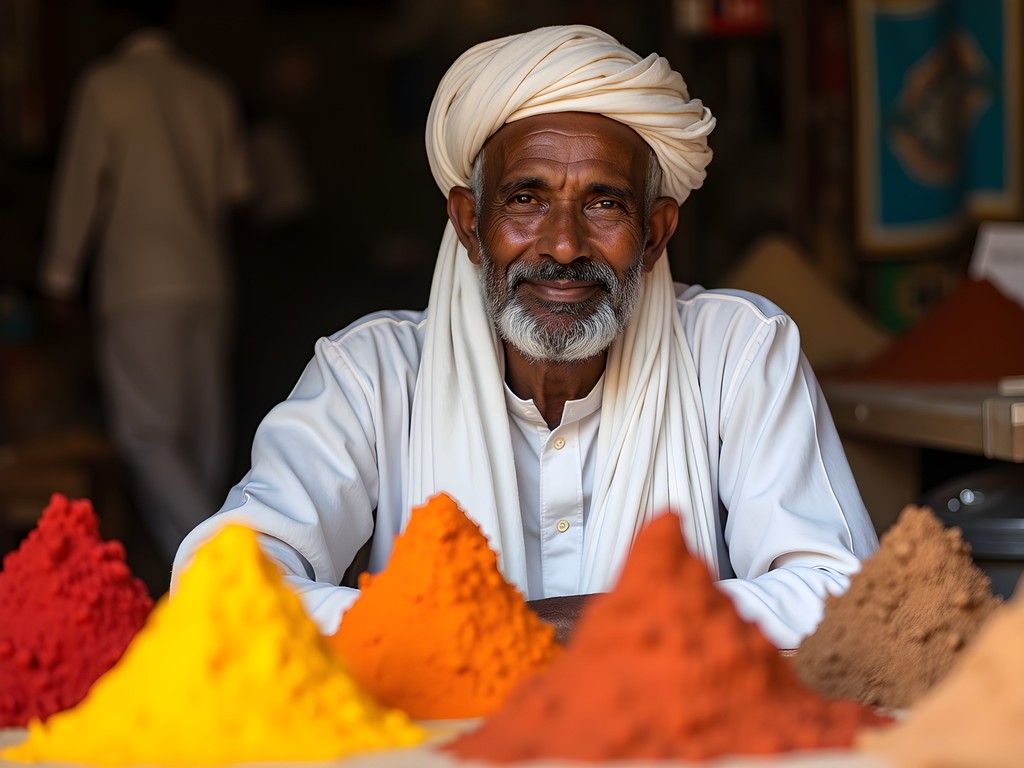
💡 Pro Tips
- Shop first, photograph later—establish yourself as a customer before becoming a photographer
- Early morning light filtering through market canopies creates beautiful directional lighting
- Learn basic Arabic numbers to understand pricing discussions—they make for great candid moments
The Desert Meets the Sea: Landscape Opportunities
Beyond the urban confines of Nouadhibou lies a landscape photographer's dream: the place where the Sahara literally tumbles into the Atlantic. This dramatic meeting of elements offers compositions that feel almost primordial in their simplicity and power.
The most accessible location is the northern stretch of the Cap Blanc Peninsula, about 7km from the city center. I hired a 4x4 with driver (2000 ouguiyas, approximately $55 for a full day) to explore various points along this coastline. The vehicle is necessary—the sand is soft, and distances between photographic points of interest are significant.
Technically, these landscapes demand patience and preparation. The contrast between bright sand and dark water exceeds the dynamic range of most sensors. I relied heavily on my graduated ND filters to balance exposures, particularly during the golden hours when the light rakes dramatically across the dunes.
One location particularly worth the effort is the area locals call 'Moon Bay' (not on maps—you'll need a guide), where wind-sculpted rock formations create natural leading lines toward the ocean. Arriving 90 minutes before sunset gives you time to scout compositions and set up for the changing light.
The interplay of elements here is mesmerizing—wind-rippled sand patterns, the rhythmic Atlantic waves, and the constantly shifting light. I found myself working with longer exposures (requiring a solid tripod secured in deep sand) to capture the movement of water against the stillness of the desert.
Don't overlook the wildlife opportunities. The Cap Blanc area hosts the northernmost colony of monk seals in the world, though spotting them requires both luck and local knowledge. Bird photographers will find rich opportunities as well, particularly along the wetland areas where migratory species stop during winter months.

💡 Pro Tips
- Bring a rocket blower and multiple microfiber cloths—sand and salt spray will constantly threaten your lens
- A GPS device is essential as there are few landmarks for navigation
- The wind can be relentless—a sturdy tripod with a hook for hanging weight is non-negotiable
Final Thoughts
As I pack away my dust-covered equipment on my final evening in Nouadhibou, I'm struck by how this overlooked Mauritanian port has challenged and rewarded me as a photographer. It's not an easy place to work—the conditions are harsh, access can be complicated, and cultural sensitivities require constant awareness. Yet these very challenges produced images unlike any in my portfolio. Nouadhibou won't appeal to everyone. It lacks the infrastructure of Morocco or the iconic landmarks of Egypt. What it offers instead is authenticity—a working port city where life unfolds without concern for the tourist gaze. For photographers willing to embrace discomfort and uncertainty, to move slowly and respectfully through spaces not designed for visitors, Nouadhibou offers visual stories still waiting to be told. Will you be among the few to tell them?
✨ Key Takeaways
- Nouadhibou rewards photographers who invest time in building relationships with locals
- The harsh conditions demand technical preparation but yield uniquely compelling images
- The juxtaposition of desert, ocean, industry, and tradition creates visual narratives impossible to find elsewhere
📋 Practical Information
Best Time to Visit
November to February (winter)
Budget Estimate
$50-100/day for mid-range accommodations and transportation
Recommended Duration
5-7 days minimum
Difficulty Level
Challenging


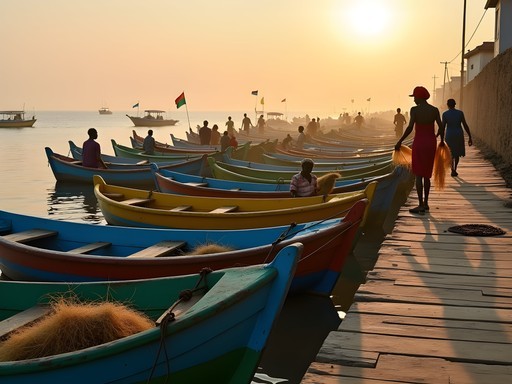
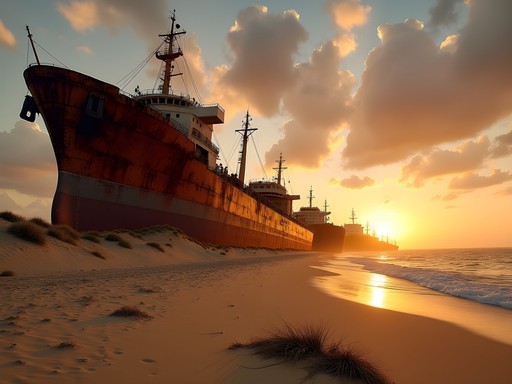
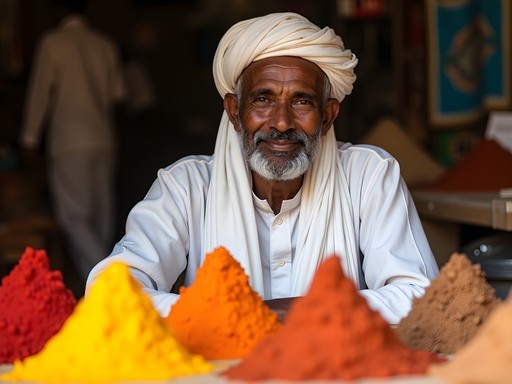
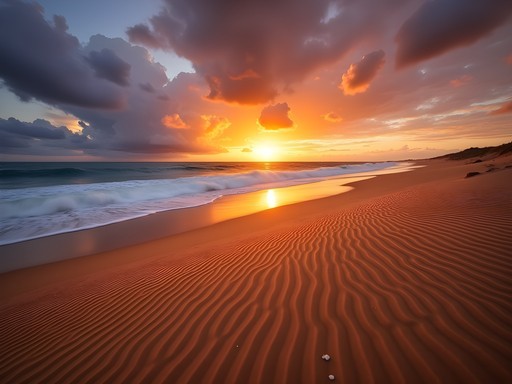


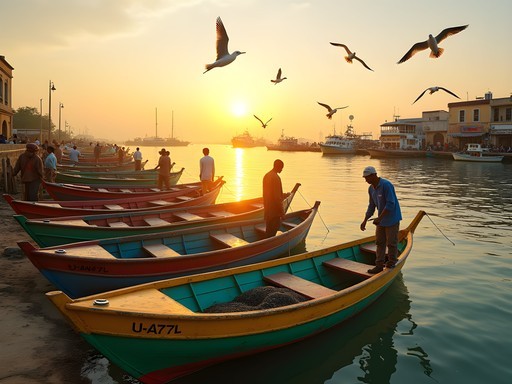







Comments
MaritimeExplorer
Never considered Mauritania as a photography destination before. Eye-opening post!
Evelyn Rogers
It's definitely under-appreciated! So many unique visual opportunities there.
PhotoTrekker55
Those ship graveyard photos are incredible! Love the composition with the rusty hull against the sunset.
desert_wanderer
Going to Mauritania next month and definitely want to see Nouadhibou now! Is it safe to walk around the port area with camera gear? Any tips for a solo traveler?
Evelyn Rogers
The port area is generally safe during daylight hours, but I wouldn't flash expensive gear unnecessarily. I used a worn camera bag that didn't scream "expensive equipment inside." Having a local guide is really helpful - they can navigate permissions and explain what you're doing to curious onlookers. The official port areas require permits, which your hotel can usually help arrange.
desert_wanderer
Thanks! That's super helpful. Will definitely look into getting a guide.
Hannah Woods
Brilliant post, Evelyn! Your photos perfectly capture that unique atmosphere of Nouadhibou. I spent three weeks there in 2021 documenting the fishing industry, and it was fascinating. For anyone planning to visit: the dust is absolutely brutal on camera equipment. I recommend bringing a good weatherproof camera bag and plenty of cleaning supplies. I used my lens cleaning kit daily and it was essential. Did you make it to the northern beaches? There's some incredible landscape photography opportunities there, though you'll need a guide to navigate safely. The contrast between desert and ocean is spectacular.
Evelyn Rogers
Thanks Hannah! The dust was definitely a challenge - I was cleaning my sensor almost daily. I did make it to the northern beaches with a local guide named Mahmoud who was fantastic. Those sand dunes meeting the Atlantic made for some of my favorite shots from the trip. Did you have any luck photographing inside the fish processing facilities? I found those spaces fascinating but access was tricky.
Hannah Woods
I did! But it took about a week of building relationships before I got inside. I found bringing printed photos from previous days to give as gifts really helped open doors. The processing facilities are incredible - the light streaming through those metal roofs creates amazing opportunities for documentary shots.
smartqueen
Those ship graveyard photos are haunting! I was in Nouadhibou last year and couldn't get over how eerie that place feels, especially at sunset. Did you have any trouble with locals not wanting their photos taken? I found some fishermen were super friendly while others were really against it. Your port shots captured that gritty industrial feel perfectly.
Evelyn Rogers
Thanks smartqueen! Yes, it was definitely a mixed experience. I always asked permission first and sometimes offered to show them the photos afterward. The fishermen near the smaller docks were generally more open to being photographed, especially if you spend time chatting with them first. The ship graveyard is magical at sunset - worth the wait!
smartqueen
Good to know! Wish I'd spent more time getting to know them first. Next time!
luckyhero
Those rusty ships look straight out of a post-apocalyptic movie! Epic shots.
citydiver2894
Planning to visit in November. How did you get from Nouakchott to Nouadhibou? Is the train still running or did you hire a driver?
Evelyn Rogers
I took the iron ore train part of the way (quite an experience!) and then hired a driver for the final stretch. The full train journey is possible but very dusty and rough. There are also shared taxis between major towns. November should have good weather!
citydiver2894
Thanks! The iron ore train sounds like an adventure in itself. Did you book that in advance or just show up?
luckynomad
Wow! Your market photos capture so much life and color! I've been to many West African markets but never Mauritania. How did you approach photographing people there? I always struggle with feeling intrusive.
Evelyn Rogers
Thank you! I always start by spending time without my camera, buying something small and chatting a bit. Then I'd gesture to my camera and ask. Having small prints from previous days to give as gifts helped break the ice too!
luckynomad
That's brilliant! Love the idea of bringing prints to give away. Definitely stealing that trick for my next trip!
Savannah Walker
Evelyn, your post brought back so many memories! I visited Nouadhibou in 2021 and was equally captivated by the contrast between desert and ocean. The ship graveyard is hauntingly beautiful - I spent an entire morning there watching the light change. One tip for anyone heading there: the dust is BRUTAL on camera equipment. I used my camera cleaning kit constantly. Also found that early morning light at the port creates the most dramatic shadows for photography. Did you make it to the Cap Blanc peninsula? The monk seal colony there is another incredible photo opportunity!
Evelyn Rogers
Thanks Savannah! Yes, the dust was definitely a challenge. I did visit Cap Blanc but unfortunately didn't spot any seals that day. Your early morning tip is spot on - that golden hour light on the rusting ships was magical.
globeway
Those ship graveyard photos are incredible! How safe did you feel walking around with camera equipment in Nouadhibou? Planning a trip there next spring.
Evelyn Rogers
Thanks globeway! I felt reasonably safe, but I did keep my camera in a plain bag when not shooting. The locals were actually quite friendly about photography, especially at the port if you ask permission first.
luckyhero
Been there last month. Totally fine during daytime. Just use common sense.
Venture X
Premium card with 2X miles, $300 travel credit, Priority Pass